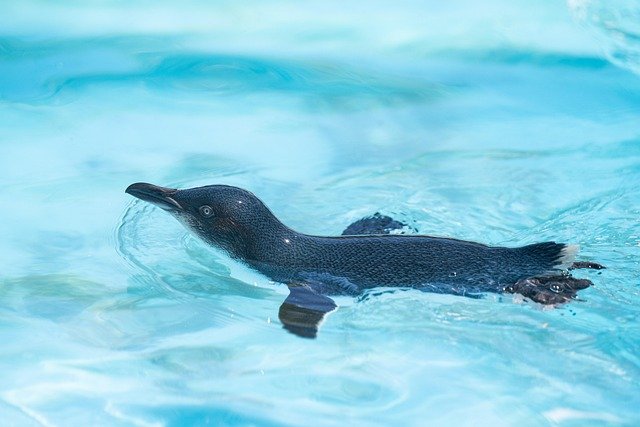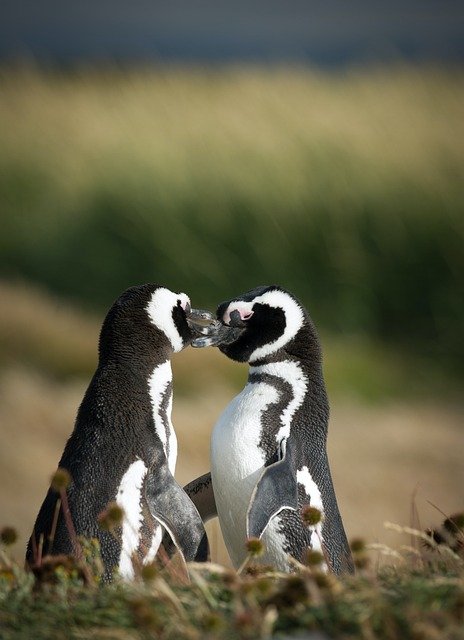**Title: "The Fascinating Social Structure of Penguin Colonies: A Deep Dive into Their Community

The Fascinating Social Structure of Penguin Colonies: A Deep Dive into Their Community
Penguins are often seen as charming, waddling birds that capture the hearts of many. However, beneath their adorable exterior lies a complex social structure that is both fascinating and vital for their survival. In this post, we will explore the intricate community dynamics of penguin colonies, shedding light on their social behaviors, communication methods, and the roles they play within their groups.
The Importance of Colony Life
Penguins are social animals that thrive in colonies, which can range from a few dozen to several thousand individuals. Living in large groups offers numerous advantages, including:
- Protection from Predators: By banding together, penguins can reduce their chances of being targeted by predators, such as seals and birds of prey.
- Thermal Regulation: In harsh climates, such as Antarctica, huddling together helps penguins conserve body heat.
- Resource Sharing: Foraging in groups allows penguins to find food more efficiently and share information about the best feeding grounds.
Hierarchical Structure
Within a penguin colony, there exists a hierarchical structure that governs social interactions. While this hierarchy may not be as rigid as in some other animal species, certain roles and behaviors can be observed:
- Dominant Individuals: Often, larger or more experienced penguins may assert dominance over others, gaining priority access to food and mating opportunities.
- Subordinate Members: Younger or less experienced penguins tend to occupy lower ranks within the social hierarchy. They often learn from observing the behaviors of dominant individuals.
Communication: The Language of Penguins
Penguins have developed a sophisticated system of communication to maintain social bonds and coordinate group activities. Their vocalizations play a crucial role in this process:
- Vocal Calls: Each species of penguin has distinct vocalizations that convey different messages, such as warning calls, mating calls, or calls to locate mates and chicks.
- Body Language: Penguins also communicate through body language, using gestures and postures to express aggression, submission, or affection.
Parenting and Cooperative Breeding
Penguin colonies are known for their unique parenting strategies. Many species exhibit cooperative breeding behaviors, where multiple adults participate in the care of chicks:
- Shared Responsibilities: In some species, both parents take turns incubating eggs and feeding chicks, allowing them to share the burden of parenting.
- Crèches: In larger colonies, young chicks often form crèches, where they gather in groups while their parents forage for food. This communal approach provides safety in numbers and allows for more efficient parenting.
Conclusion
The social structure of penguin colonies is a testament to their adaptability and resilience. Through cooperation, communication, and shared responsibilities, penguins navigate the challenges of their environment while fostering strong community bonds. Understanding these dynamics not only deepens our appreciation for these remarkable birds but also highlights the importance of preserving their habitats for future generations.
By exploring the social lives of penguins, we gain insights into the complexity of their communities and the vital roles they play in the ecosystem. Next time you see a group of penguins waddling together, remember that there is much more happening beneath the surface of their charming exterior!
